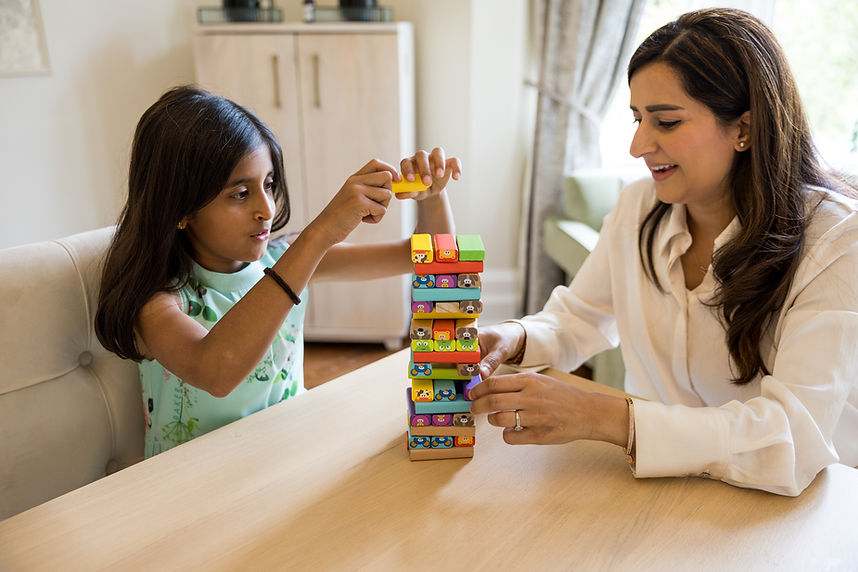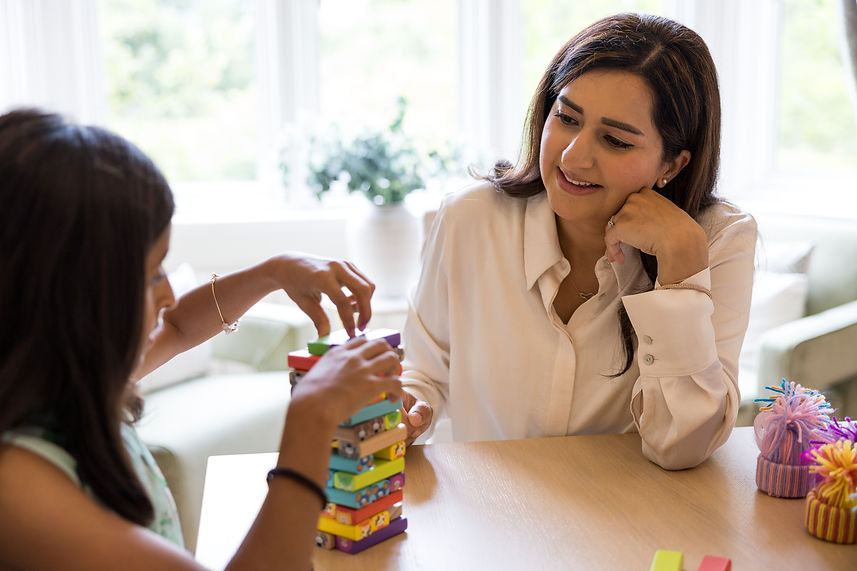
Children & Young People Services
Young people's therapy, often referred to as child and adolescent therapy or counselling, is a specialised form of mental health support tailored to the unique developmental, emotional, and social needs of children and adolescents (typically ranging from infancy up to 25 years old, depending on the service).
It provides a safe, confidential, and age-appropriate space for young individuals to explore their feelings, thoughts, and behaviours, and to develop healthier coping mechanisms.
Children & Young People
Whilst working with young people I use various techniques that go beyond traditional talk therapy, recognizing that children and younger adolescents may not always have the verbal skills to articulate their experiences. In particular children and young people with Neurodivergent needs, they require a more sensory way of working.
Play Therapy
For younger children, play is a natural form of communication and expression.
Therapists use toys, games, drawing, and storytelling to help children process emotions and experiences.
Creative Therapies
Art, music, and drama therapy allow young people to express difficult feelings creatively and explore what's troubling them in a non-verbal way. I also make therapeutic wellbeing hats to explore how they feel, whilst using their senses. I also construct the use of stress balls whilst working with anger or difficult to access emotions.
Talking and Engagement
For older children and adolescents, talking is a primary method, but therapists may use more casual communication styles, humor, and technology to build rapport and make sessions relatable.
Focus on Development
Therapy addresses issues unique to childhood and adolescence, such as identity formation, peer pressure, social media influence, academic stress, family dynamics, and bodily changes during puberty.


"Shamila came to support our students at a time of need.
She was professional and extremely skilled with the work that she undertook.
The students valued her sessions and spoke very highly of them.
All students felt happier after Shamila’s work. I can highly recommend her and we will want to work with her in the future. "
- Anna Rogers- CEO (Diocese of St Albans Multi-Acdemy Trust) July 25

"I wanted to take a moment to appreciate the amazing manner in which Shamila connects with young people. The girls absolutely loved their creative sessions around mental health. They felt heard, inspired, and empowered.
Shamila brings such warmth, creativity, and deep understanding to her work. The impact she has is tangible.
You can literally see the boost in confidence and self expression after each session. She’s not just a facilitator, she’s a role model and a safe space, all in once.
We are so grateful for the transformative demeanour she brings. It’s rare to find someone who connects so genuinely and effectively with young people."
- Umar Faruk -Assistant Headteacher (Challney High School for Girls) July 25
Creative therapy, or expressive arts therapy, is a form of counselling that uses artistic and creative methods to help people explore their feelings, thoughts, and experiences.
It's especially useful for those who find it difficult to express themselves through words alone. Instead of just talking, individuals use activities like painting, music, or dance to communicate and process their inner world. The focus isn't on producing a masterpiece; rather, it's on the process of creating and what it reveals.
A trained therapist guides the individual, helping them interpret the meaning behind their creative expressions. This can provide a safe and indirect way to address deep-seated issues, such as trauma or grief, that might be too painful to discuss directly.
Creative Therapies
Creative therapy is based on the idea that creative expression can be a powerful tool for self-discovery and healing. The creative process engages different parts of the brain and can help individuals access emotions and memories that are often stored non-verbally. This can lead to new insights and a deeper understanding of themselves.
The therapist's role is not to judge the artistic quality of the work but to provide a supportive and non-judgmental environment. They help the client reflect on their creations and the feelings that came up during the process. This can lead to a breakthrough, as the client connects their art to their life experiences and emotions.
Types of Creative Therapy
There are several types of creative therapy, each using a different artistic medium to facilitate the therapeutic process. They can be used individually, in groups, or in combination with traditional talk therapy.
Art Therapy
This uses visual arts such as drawing, painting, sculpting, and collage. It's often used to help people explore their emotions, improve self-esteem, and manage stress. The client might be asked to draw how they feel or create an image that represents a difficult memory.
Craft Therapy
This uses various crafts to make a therapy aid to enable the client to process their emotions. An example is making your own stress ball using sand. Whilst exploring your inner and outer self. Another example is making a therapeutic wellbeing hat which also explores emotions through your senses.
Music Therapy
This involves using music to achieve therapeutic goals. A client might listen to music, play an instrument, write songs, or improvise. It can help with emotional expression, communication, and even physical and cognitive issues.
Drama Therapy
This uses theatrical techniques like role-playing, storytelling, and improvisation. It allows individuals to act out scenarios or take on different personas to explore problems, develop social skills, and gain new perspectives.
Dance/Movement Therapy
This type of therapy is based on the idea that the mind and body are connected. It uses physical movement to help people express emotions, improve body awareness, and reduce stress. The movements are not choreographed but are instead spontaneous expressions of the individual's inner state.



